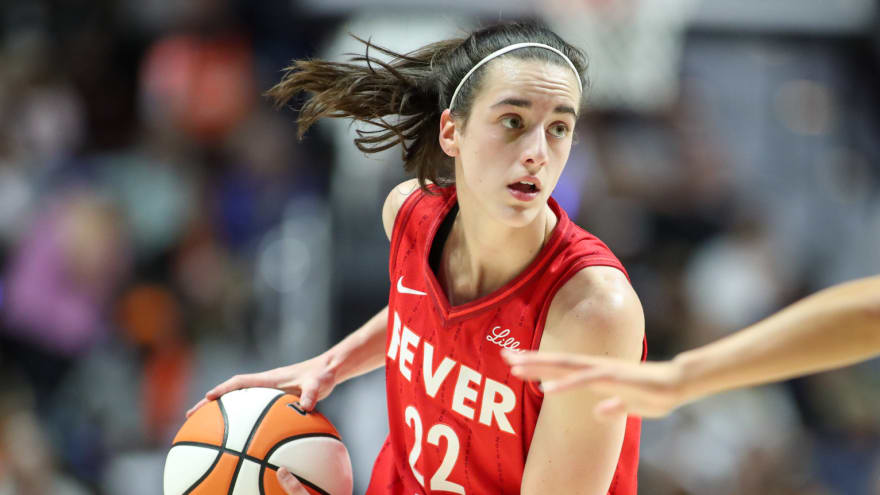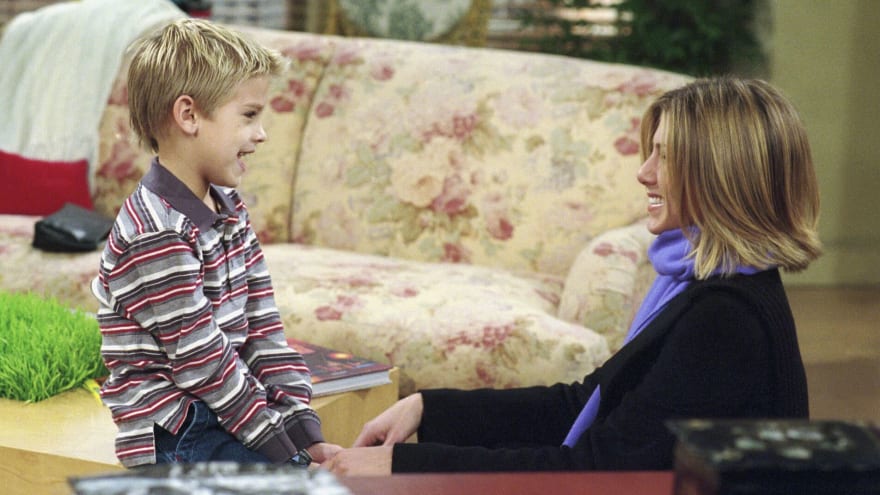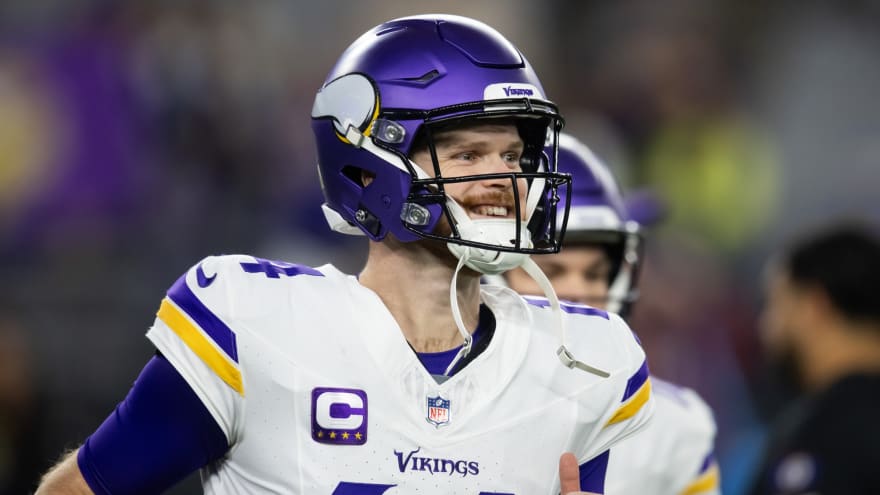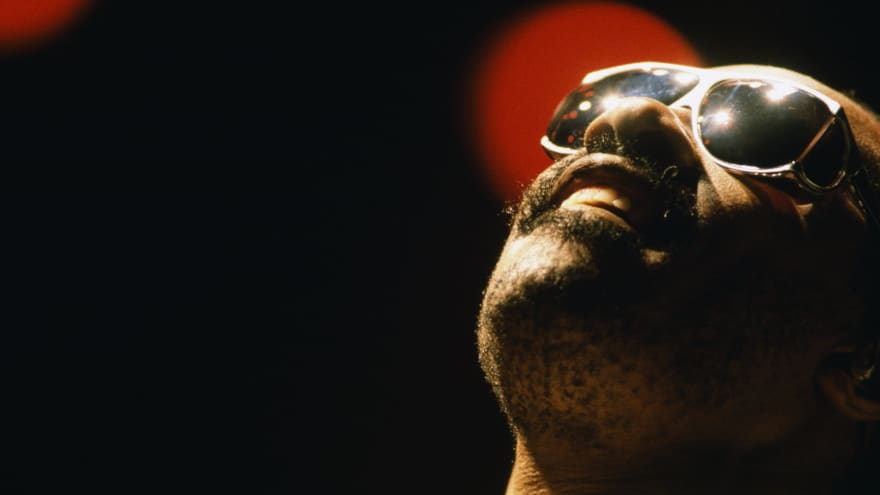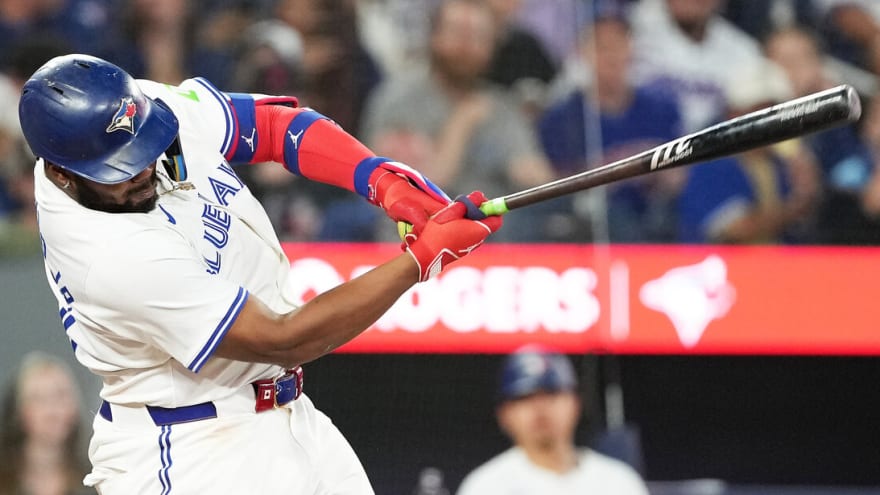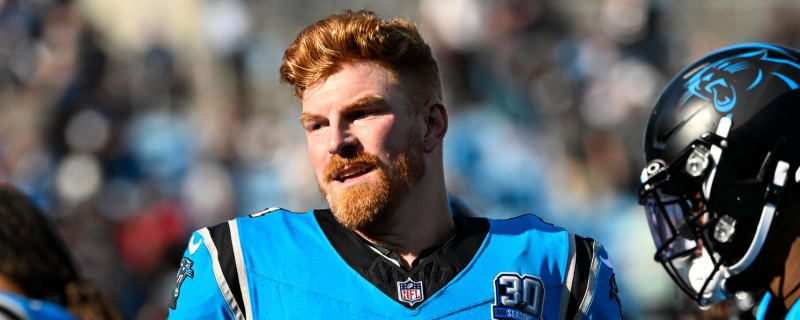
The conversation about whether Indiana Fever rookie Caitlin Clark is being “targeted” at the WNBA level has made its way to the commissioner’s office. In an interview with USA Today’s Josh Peter, Cathy Engelbert weighed in on the discussion.
Engelbert pointed to Indiana’s game against the Washington Mystics last week – an 85-83 victory – to make her point. In that game, Clark had 30 points, eight rebounds and six assists while adding four steals on the defensive end. She was fouled three times that night, but Engelbert said she didn’t see as much discussion about other players “targeting” her as she did earlier in the year.
Because the Fever won, Engelbert wondered if that impacted how people viewed the game. That said, she praised the fact the “discussion” and said the league routinely looks at games afterward.
“Did anyone say she was targeted in that game?” Engelbert told USA Today. “No, because everyone’s just looking for the outcome that they want.
“But it’s great fandom. It’s great discussion, and I think obviously we continue to look at or review games after the fact.”
The conversation about the fouls Clark is facing went to a whole new level after Chicago Sky guard Chennedy Carter committed what the WNBA later called a flagrant 1 – something Engelbert pointed out when talking about the situation. However, there’s been a vocal portion of her fan base that is speaking out about what it perceives as extra contact against the former Iowa star.
Engelbert said she hears them loud and clear. At the same time, it shows their passion.
“They care enough to type thousands of emails to me,” Engelbert said. “You know, talking about the WNBA, and the physical play. And those aren’t just Caitlin. Those are other players, too, that, like, ‘Cathy you need to do this, you need to do that.’
“So people care. I love it.”
As for whether Clark is dealing with more hard fouls than other players in the league, Engelbert pointed out the physicality of the WNBA and said that plays a factor as players adjust from the college game.
“I think everybody’s watching Caitlin, so they’re focused only on Caitlin,” Engelbert said. “But when you look across other games (with) other players, it’s a physical game. There’s no doubt about it. It’s a pure shooter’s game, it’s a physical game, it’s a lot of pick-and-rolls, a lot of seeing the floor.”
Cathy Engelbert: WNBA rookies adjusting quickly
At the college level, Caitlin Clark helped lead a viewership surge. That is translating to the WNBA as ticket prices and TV ratings skyrocket around the league – with the Fever leading the way.
But this year’s rookie class features more notable names. Cameron Brink is in the midst of an impressive start with the Los Angeles Sparks, and teammate Rickea Jackson put together a monster performance last week. Angel Reese also seems to be finding her way with the Chicago Sky alongside Kamilla Cardoso.
The group’s early success is a big storyline this year. In fact, Cathy Engelbert said the transition might be going better than it ever has before.
“I think Angel’s playing great,” Engelbert said. “I think Cameron’s adjusted really well. These rookies are adjusting quicker than I think maybe some in the past.”
As for Clark’s popularity carrying over from her college days, Engelbert said the league is now bringing in a new audience. That goes for the TV audience and in the arena as teams move to larger venues when playing Indiana.
That means the WNBA is growing, and more rivalries are coming about as a result. And with more chatter about the game, the arrow is pointing up.
“Look, apathy is the death of a brand,” Engelbert said. “Nobody’s apathetic about the WNBA because we’ve brought in so many new fans into what we call the fan funnel this year. And yeah, some are frustrated for sure. I get a lot of emails that I’ve never got in four years, but that’s because people care.”
More must-reads:
- WNBA legend Teresa Weatherspoon continues to be a part of women's basketball history
- Angela Hill is 100 percent worthy of UFC Hall of Fame
- The 'Kobe Bryant Trophy winners' quiz
Trending News
Customize Your Newsletter
 +
+
Get the latest news and rumors, customized to your favorite sports and teams. Emailed daily. Always free!
TODAY'S BEST

WNBA legend questions equality in coaching hires
When you think of the WNBA's past faces, it’s hard not to mention the incomparable Lisa Leslie. Her accolades speak for themselves: MVP, All-Star and perhaps most notably, the first woman to ever dunk in the WNBA. On a recent guest episode of Angel Reese’s podcast "Unapologetically Angel," the former L.A. Sparks franchise player, Olympic gold medalist and WNBA champion sat down with her mentee for a great conversation about basketball, fashion and their league experiences in the 30-year gap that exists between their careers. In a segment where fans get to submit questions for the WNBA legend, Angel read out a question from a listener asking if Leslie would ever consider becoming a head coach for a WNBA team. Leslie answers saying that she’s never said this publicly, but she submitted her name to coach for two teams this year. Although she made it to the final rounds, she was ultimately rejected. "I put my name in a hat to coach this year…I won’t say who those two teams are but I did not get picked," Leslie said. Though fans have speculated that she may have applied for coaching positions with the Chicago Sky and Los Angeles Sparks, eight teams have gone through coaching changes in the WNBA offseason. Leslie states she would not be putting herself forward to coach a WNBA team again. "You gotta be 10 times as great to be a Black woman in this industry…who these people hired are not better than me what I could do for these teams and players," Leslie said. Though Leslie speaks with no bad blood in her tone and even goes on to praise the WNBA and expressing her interest in seeing the 2025 draft, this revelation is rather disappointing. The league was created for women to play and coach professionally. All players identify as women, but at least 60 percent of them identify as Black/African-American or have mixed Black heritage. Yet, the coaching shift in the last few months doesn’t seem to reflect that. Only one of the three Black coaches in the WNBA is a woman. Of the eight coaching shuffles and hires that took place this offseason, only three happen to be women, including Stephanie White, former head coach of the Connecticut Sun and now current head coach of the Indiana Fever. The WNBA is not only an opportunity for great female basketball players to play the game they love professionally, but it should also be a space for female coaches to get opportunities that don't seem to be available to them in the NBA. Though disappointed, Leslie doesn’t seem to be knocked down by it, saying, "What’s for me is for me." And things have been for her, with contracts consistently rolling in for the legend, including the opportunity to call games in Unrivaled, as well as making a cameo in Angel Reese’s new McDonald’s commercial. The WNBA is still sorting through bids for the 16th expansion team. New teams in Portland and Toronto have yet to announce head coaches. Hopefully, we’ll see more women in these positions to reflect the league people have grown to love.
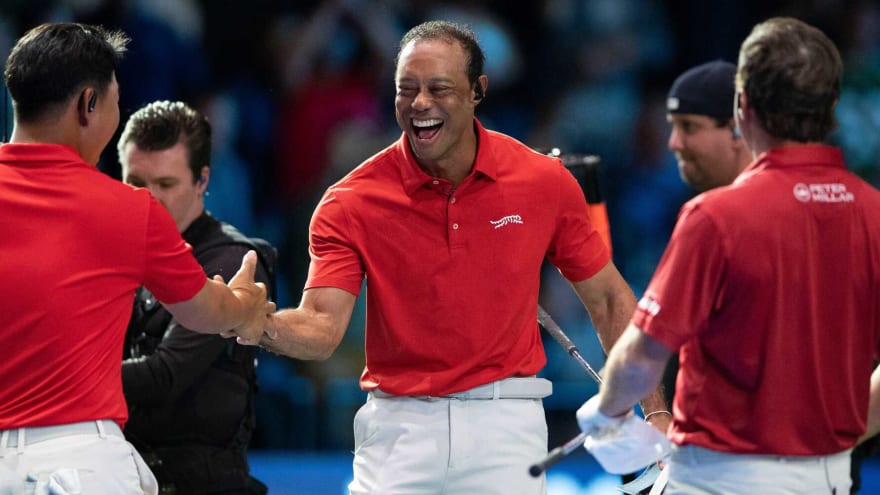
TGL has a major problem Tiger Woods may not be able to fix
TGL is a promising product thanks to its star power, fast pace of play and more intimate look at how players break down shots and interact with their buddies during a money game. The foundation is in place for a successful, long-term venture, but inferior technology is holding TGL back from its full potential. The launch monitor technology used at TGL is from Full Swing Golf, a San Diego-based company that isn't on the same level as Trackman and other top-tier simulators. The chief reason Full Swing is involved with TGL is that Tiger Woods, a founding member of the indoor golf league, has a partnership with the company that dates to 2015. There have been dozens of instances of players hitting what they thought was a perfect shot, but the simulator screen shows their ball soaring off line or flying 30 yards shorter or farther than the target. Just look at Patrick Cantlay's reaction to this shot he hit during Monday night's match between Atlanta Drive Golf Club and The Bay Golf Club. Cantlay looked confused throughout the match as his drives consistently missed to the right of his target, but he wasn't the only one miffed by simulator glitches. Justin Thomas made a similar face after he hooked a short iron 20 yards left of the flag, as did Hideki Matsuyama when he flew the green from 150 yards. Thomas and Matsuyama are two of the best iron players on the planet. They know exactly how far their irons carry after countless hours of measured practice reps, especially in a controlled environment with no wind. Earlier this month, Tommy Fleetwood hit a solid iron shot from 167 yards, but the simulator showed his ball rolled only 40 yards before coming to a rest. The weekend warrior can relate to a topped iron shot, but Fleetwood probably hasn't done that in a decade. Even Woods has been a victim of his own creation. In his opening match, the 15-time major champion launched a wedge 30 yards over the green and into the water on a 101-yard par 3. If you gave Woods 1,000 100-yard shots from a tee box, he wouldn't hit a single one 30 yards long. Players are starting to get noticeably annoyed by the technology glitches. These are competitive athletes, and they don't want faulty technology to decide the outcome of a match. There's a simple solution here, but Woods can't switch to a new launch monitor system because of his financial stake in Full Swing Golf. These glitches may be here to stay, meaning the players and fans may not be for the long haul.

Drastic turn of events arises regarding Quinn Hughes joining Team USA
Not so fast, Quinn Hughes, as Elliotte Friedman has just reported the Canucks forward may not be joining Team USA after all, unless he's absolutely needed. Earlier Tuesday, it was reported that Quinn Hughes was heading to Boston to join Team USA for the 4 Nations. However, things seemed to have changed, as he was spotted at Canucks practice, so he clearly was not on his way to the East Coast. Elliotte Friedman has revealed that Hughes will only join Team USA if he knows for certain he would suit up for the final game — it would be an exhausting amount of traveling for him to simply be sitting up in the press box. If Hughes goes to Boston, he would have to go from Vancouver to the East Coast, then all the way back out west to Las Vegas, Nevada, which would take a toll on the body. The move to put Hughes on standby comes after it was announced that Charlie McAvoy will not play in the championship game. The U.S. would need to suffer another injury or illness for Hughes to play Based on the criteria that saw Thomas Harley play for Team Canada on Saturday against the Americans, a team would have to drop below six defensemen to add a replacement. NHL deputy commissioner Bill Daly confirmed that is the case for Team USA. So since there are no confirmed injuries for USA, there would be no guarantee that Hughes would get in the lineup at the moment. Team USA head coach Mike Sullivan was more discreet when discussing whether Hughes would be available for Thursday's game. "We're taking each day as it comes, we'll see what potential options will be available for the championship game and go from there," Sullivan said. As the hours go on, we will hopefully get a little bit more clarity on Hughes' ultimate decision, but seeing him with his Canucks teammates doesn't give a great deal of hope that he will actually make it to Boston.

Canada’s Brandon Hagel on fight with USA’s Matthew Tkachuk: ‘I did it for the flag, not the cameras’
Will the sequel live up to the hype? The United States beat Canada by a score of 3-1 on Saturday in Montreal after boos rained down during the Star Spangled Banner and three fights broke out in the first nine seconds of play. The two teams will meet again in the championship game of the 4 Nations Face-Off on Thursday. This time, the United States will be the home team playing in front of fans at TD Gardens in Boston. Following Saturday’s win over Canada, American forward Matthew Tkachuk said that brother Brady Tkachuk and teammate J.T. Miller formed a group chat to plan how to “send a message” to Canada. The elder Tkachuk dropped the gloves with Brandon Hagel right off the opening face-off, and then Brady scrapped with Sam Bennett immediately after the next draw. After a face-off in Canada’s zone a few seconds later, Miller got into a fight with Colton Parayko, capping off the wildest intro to an international hockey game in recent memory. So, what might Thursday’s rematch have in store? We don’t know what the United States is plotting in any of their group chats, but Hagel thinks “things will be the same way” when the two teams play again. Hagel also said that Canada has no group chats or anything to plan what they’re going to do when facing the Americans. The Tampa Bay Lightning winger added that he’s playing for the Canadian flag and not to make good television. “I think we’re out there playing for the flag, not the cameras,” Hagel said. “We don’t need to initiate anything. We don’t have any group chats going on. We’re going out there playing our game and then giving it everything and doing it for our country. We don’t need to initiate everything. We’re just going to play as hard as we can and do it for the flag on the chest.” Seeing three scraps in an international game is unusual because IIHF rules are strict against players dropping the gloves. But since the 4 Nations Face-Off is an NHL event, the same rules don’t apply as they would for tournaments like the Olympics or World Juniors. This has resulted in a very interesting tournament, with head-to-heads that have much more energy than the usual pond hockey played at the annual All-Star Game. Hagel noted that he came into the 4 Nations Face-Off with the mindset that this was going to be anything but another shinny game. “I was thinking to myself laying in bed the night before the (first) game, ‘If this is going to be like an All-Star type of thing then I’m going to be so out of place because I’m putting my head through a wall tomorrow.’ That was my mentality.” The United States could be without two key forwards on Thursday. Matthew Tkachuk didn’t play in the team’s loss to Sweden on Monday, and Brady Tkachuk left the game in the first period after slamming into the opposing net. Captain Auston Matthews also didn’t play on Monday, but it’s expected he’ll be available on Thursday.


